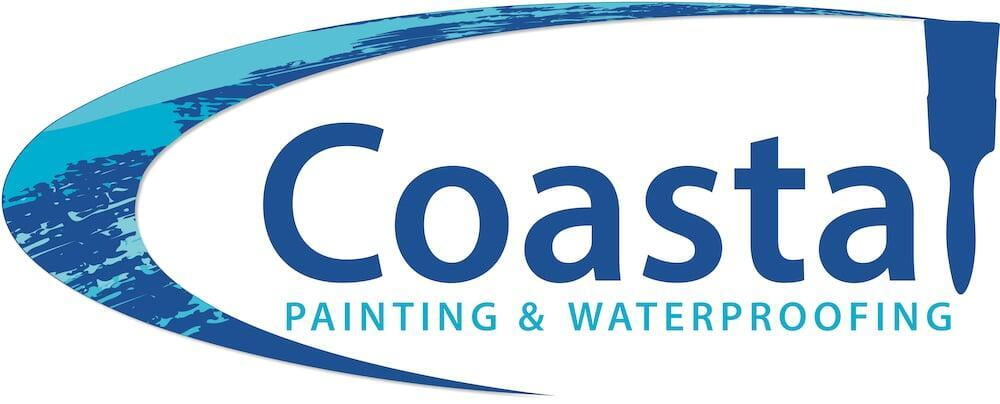Condensation and waterproofing are two concepts related to moisture management, which is why people can get them confused - especially once their homes start dripping water. However, both have their own distinct meanings and implications. So, is your house leaking due to faulty waterproofing or is the moisture coming from condensation build up?
Condensation
Condensation in the home occurs when the temperature of the air is lowered below its dew point, turning it into liquid water. This means that if your house is too humid and warm air hits cold surfaces, there is a big chance of condensation rearing its ugly head.
In and around our homes, condensation often occurs on surfaces such as windows, walls, or pipes. It can be problematic as it may lead to moisture accumulation, which can contribute to issues like mold growth, rot, or deterioration of materials.Waterproofing
Waterproofing refers to the process of making a surface or structure resistant to the penetration of water. It is a preventive measure to ensure that water does not enter or penetrate a particular area. Waterproofing is commonly applied to various surfaces, including roofs, foundations, basements, bathrooms, or concrete structures, to prevent water damage, leaks, and moisture-related issues.
Waterproofing methods typically involve the application of specialised coatings, sealants, membranes, or barriers that create a protective layer to repel water. The selection of the appropriate waterproofing method depends on factors such as the type of structure, the level of exposure to moisture, the local climate, and the specific requirements of the project. Proper waterproofing is essential in areas prone to high moisture levels, heavy rainfall, or potential water exposure.Need help?
While condensation and waterproofing are both related to moisture, they address different aspects of moisture management. Condensation focuses on managing the conversion of water vapor into liquid water, particularly on surfaces, to prevent potential issues caused by excessive moisture accumulation. On the other hand, waterproofing aims to create a barrier that prevents water from entering or penetrating a structure or surface, ensuring protection against water damage and leaks.
It is essential to address both condensation and waterproofing concerns in order to maintain a dry and moisture-controlled environment.
Fortunately, our team at Coastal Painting and Waterproofing knows our stuff and - even better - we are just one phone call or email away!